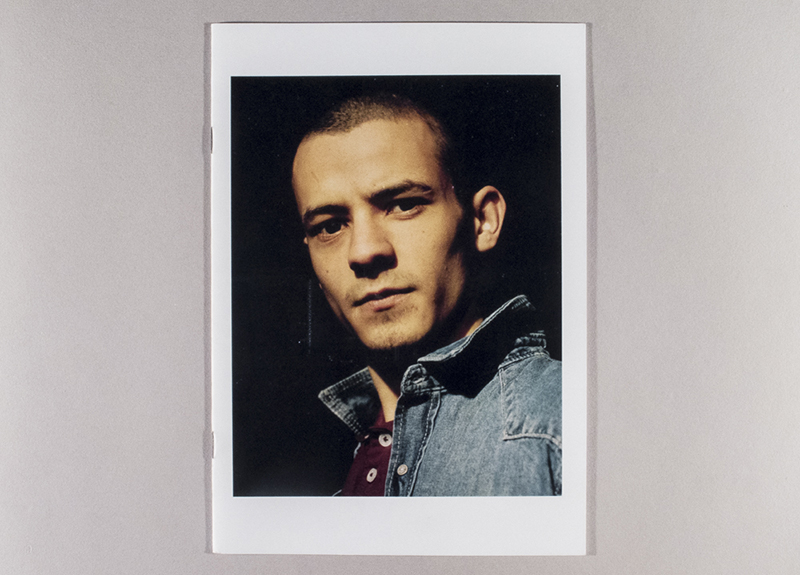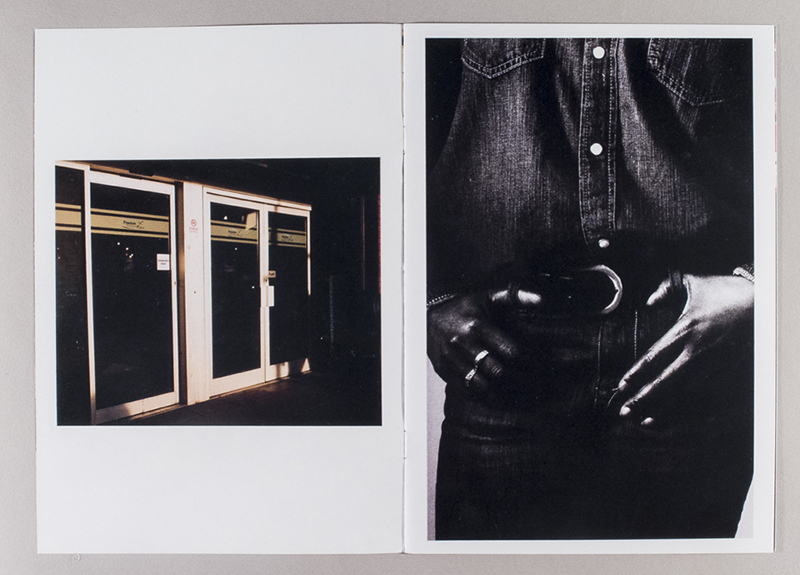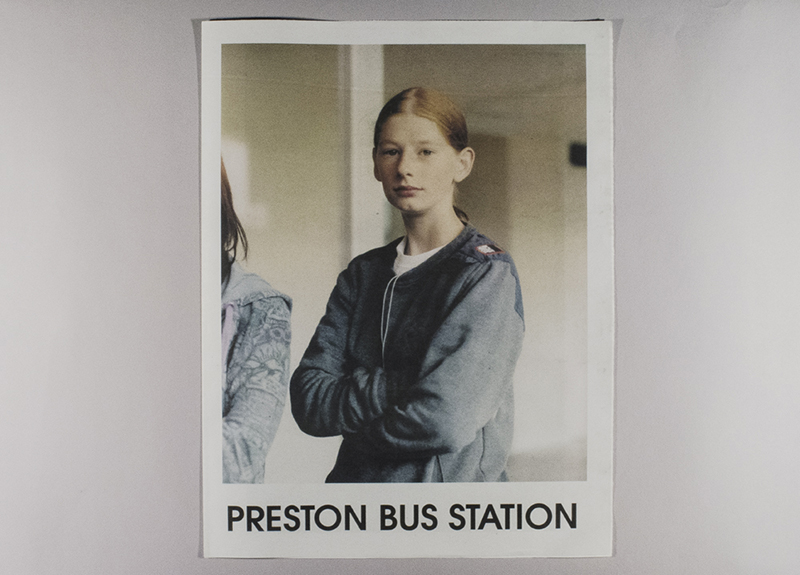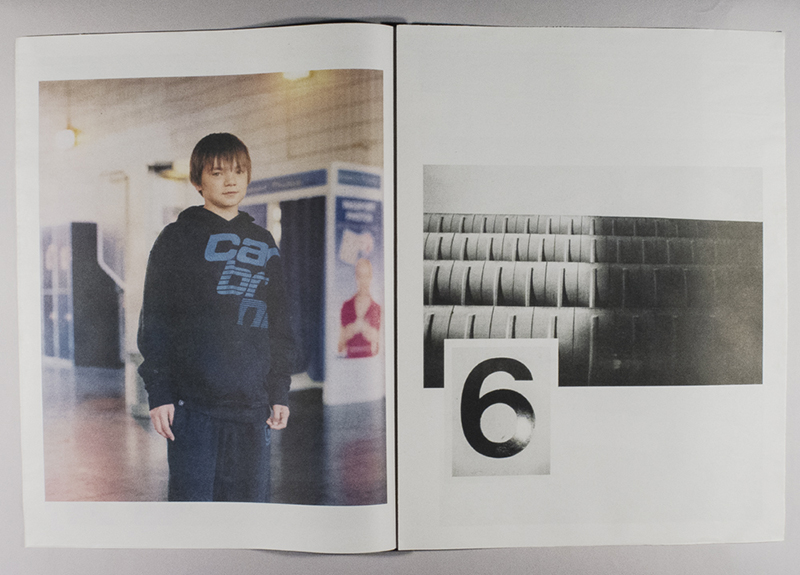Publishers series: an interview with Preston is my Paris
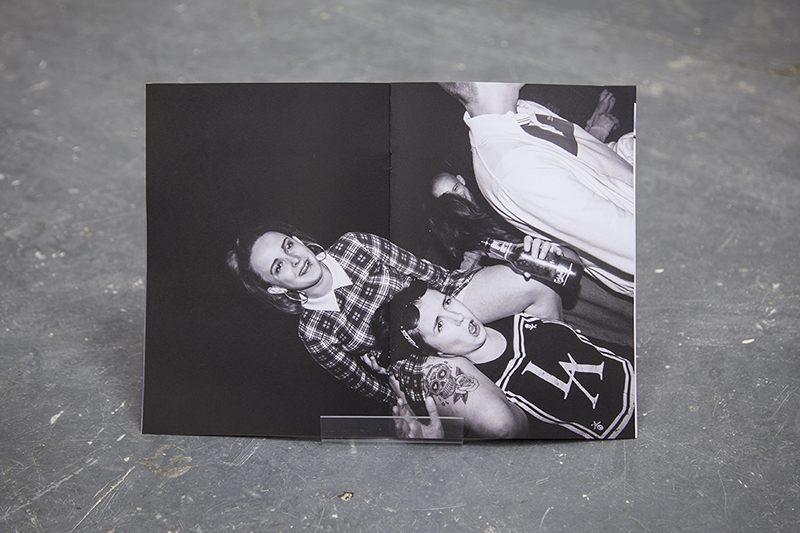
Nowhere in England captures the imagination like the North. The East, the South, the West and the Midlands – they’re lucky if they get talked about at all. But the myth of the North prevails because it’s convenient. It speaks of a triumph over adversity and we’re not quite ready to give it up.
Like with most myths, its foundations are kind of flimsy. Its borders are even flimsier. Ask a Southerner and they’ll wryly inform you that the North begins at Watford Gap service station. An icon of London-centricism, it acts as a gateway between civilisation and the cultural wasteland beyond. In the true North, they draw the line along the M62 corridor. Needless to say, the appointment of Manchester as an unofficial northern capital doesn’t go down well with them. To Midlanders like myself, it’s somewhere by Meadowhall as you’re heading up the M1 that the mood starts to change. And by history’s measure, it’s the latter that’s closest to the mark. Back in 197, the Roman emperor Septimius Severus split England in two. He called the northern province Britannia Inferior and the southern province Britannia Superior, based on its proximity to Rome. We have him to thank for this mess.
Being perceived as out of reach does have its advantages. There’s a sense that the North is operating of its own free will, free from the sneering paternalism of the capital. Where London is a sodom of market forces, individualism and greed, the North is a bastion of hope, integrity and substance. Regardless of how true it is, it’s something that brands and media don’t hesitate to chummy up with. “You can go to America and symbols of northern England will be used for an authentic purpose. Where has that come from? Why northern England?” says Adam Murray, a photographer and lecturer at the University of Central Lancashire.
The legacy of the proletarian north and the bourgeois south appears to be part of the appeal, particularly in these increasingly digitised times. The notion of an honest day’s work comes as a comfort to those who’ll never get closer to the factory floor than playing Candy Crush on the Tube. The problem with that is that for the myth to survive, the North has to remain ‘down’ in some way. “A lot of the stuff people are engaging with seems to be reliant on past glory or legacy – the industrial revolution or the Thatcher era, or the musical and cultural peaks provided by 80s music and the Manchester rave scene,” he adds. “Rave culture was twenty years ago at the earliest. It’s dead, isn’t it?”
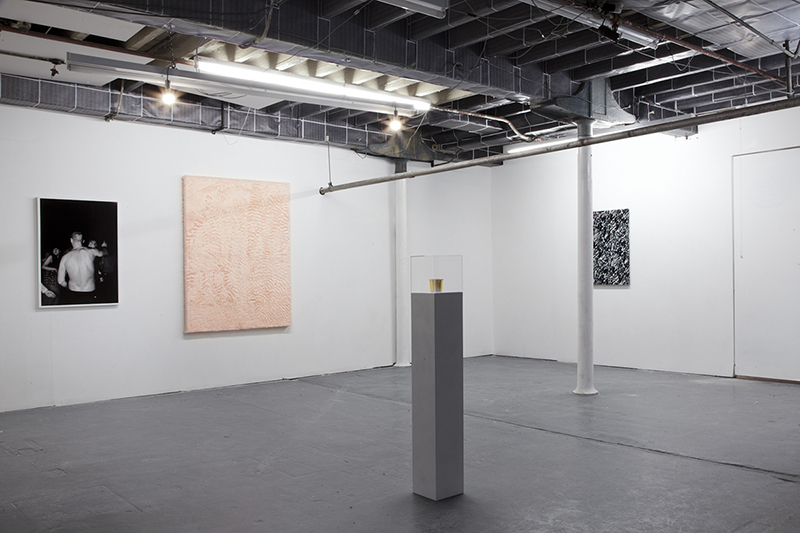

Adam is co-founder of Preston is my Paris, an arts platform that has featured the work of Jamie Hawkesworth, Theo Simpson and Ben McLaughlin. It’s also an ongoing project in its own right, and at its heart is an affection for vernacular culture around northern England. Like Mass Observation, Chris Killip and Daniel Meadows have done previously, the contributors use their own experiences rather than an adopted nostalgia to inform their work. “Part of Jamie’s initial appeal was that he turned up in London with a documentary portfolio from somewhere no-one had ever heard of,” says Adam. “It was clearly an advantage that he had developed his understanding somewhere different.”
Adam was born in Loughborough but went to university in Preston and has settled in Manchester. “I’ve got a studio here. I’ve never had a studio before but I’ve just got a little space in Salford.” There was a brief stint in London, too, but “it really wasn’t my place”, he says. It was in Preston that he met Robert Parkinson and, in 2009, the pair started Preston is my Paris. At the time, they never intended it to go further than a couple of zines. “We nicked the name from a Clarks’ shoes advert. It summed up everything the project was about.” Their work is now held in the Tate Library, the Fotomuseum Winterthur, Manchester Metropolitan and London College of Communication.
The first set of zines came out just as self-publishing was gathering momentum. They were handed out for free in Preston city centre in an attempt to spark some sort of engagement with the local area. Preston had recently gained city status – winning it in the a contest at the 2002 Golden Jubilee – but lacked the cultural presence or activity you’d expect from a city, and sadly still does. In a way, the label hasn’t done it any favours, putting it in league with neighbouring Manchester and Liverpool who it could never feasibly compete with. Nearby Blackpool and Wigan, still mere towns, muscle in with their own potent cultural identities.
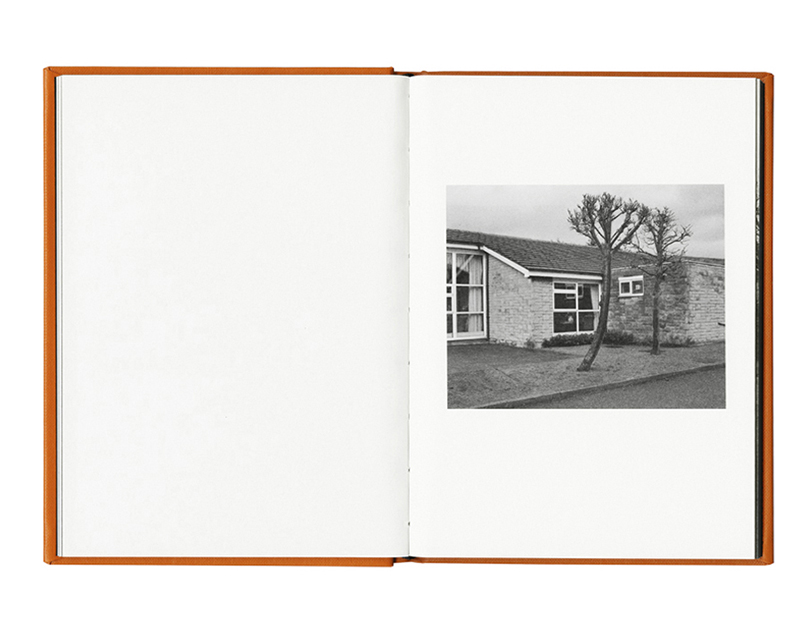
When Preston does manage to get some press, it’s for the wrong reasons. A recent report named Preston as ‘Britain’s Unhealthiest High Street’, a badge of little significance but one it could have done without. Greggs, M&Co, a bookies, and a rundown concrete car park complete with piss-soaked stairwells – that’s the image it’s conjuring. Reports like that make the city slogan of ‘Proud Preston’ a little hard to swallow. It’s a bit like calling yourself Sexy Sandra, isn’t it? Bound to stir up scepticism.
Preston may not have quite achieved “a true city’s sense of possibility, drama and distinctive presence,” as Owen Hatherley puts it in A New Kind of Bleak, but it does, he adds, have “potential in spades.” Problem being, the majority of young artists and entrepreneurs don’t stick around to explore it. And it’s the same for much of the North and Midlands. For every twelve jobs created in southern cities between 2004 and 2013, only one was created elsewhere. Unsurprisingly, 78 per cent of people in the North East think too much is spent in London. But surprisingly, so do 43 per cent of people living in the capital. “It’s not just a northern thing,” says Adam. “The same can be said for Cornwall and Kent. Historically, all the attention has been on London. People move there, I imagine, because of the potential work opportunities, the networks, and what being there provides.” It begs the question of whether the city would be so culturally rich if resources were distributed fairly elsewhere.
Anger over the imbalances has elicited a significant reconsideration of infrastructure. An increasing number of local authorities have called for greater devolution and they’re having some success. The Scottish referendum had a huge influence on the North East. A panicked Parliament quickly developed an interest in the region, no doubt envisaging a Game of Thrones-style battle for Hadrian’s Wall. Clegg has been leading the movement, introducing something called Northern Futures to appease councils. There’s a crude looking website about it online containing a seven-hour video of the summit, a couple of Tweets, and not much else. Says it all, really.
While it’s hoped decentralising power will perk up northern economies and sociopolitical relationships, will it be enough to tempt graduates from bolting down the M1 at the first opportunity? Rent might be cheap in Sunderland but jobs are still thin on the ground. If not London, it’ll be Manchester, where Adam and Robert currently live. By all accounts, it’s a pretty optimistic place to be. The tussle for second city is paying off: it now has a beta+ world city listing ahead of Birmingham’s beta-, whatever that means. Salford has also acquired the BBC, an arrangement that makes perfect sense for the predominantly Labour region: the public owns more of the BBC than it does the NHS. And there’s a perceptible DIY attitude and pride in the city’s identity.
But, as Adam points out, a whisper of prosperity doesn’t change the fact that, culturally, even Manchester plays second fiddle to London. “Living up here, most of the culture is music-based. There are very few gallery spaces, there isn’t a visual arts network,” he explains. “You tend to find that discussion is always positive, just because it’s happened. There’s no critical discourse, and that’s vital. We’re more than happy for people to discuss the work we produce. That’s the whole point. We don’t want people to say, ‘Oh, well done! How’ve you managed that? And in the North, too!’ A lot of the work I do with Preston is my Paris, Tent (Adam’s project with Oliver Whitehead) and when I’m lecturing is to get people to see that you can be elsewhere and do stuff. They might find what we’re doing exciting and want to do something themselves or they might think it’s rubbish and want to do something better. Either way, they’ll do something.”
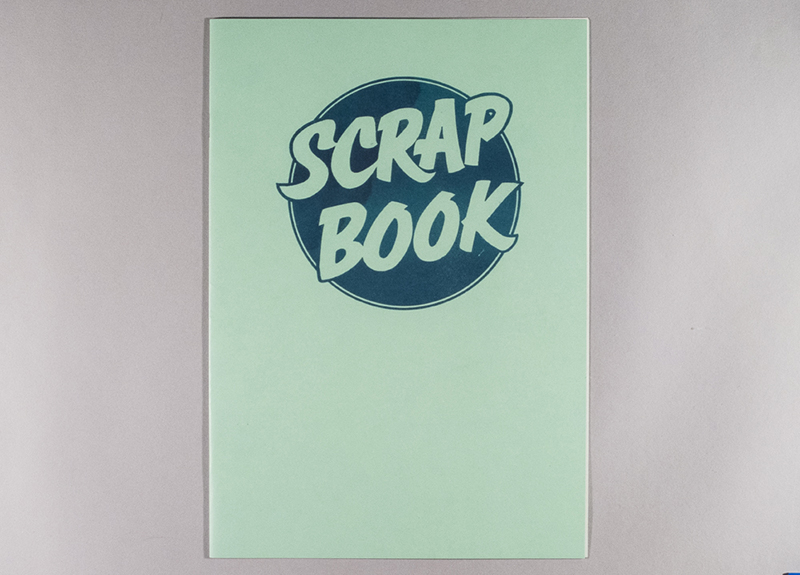
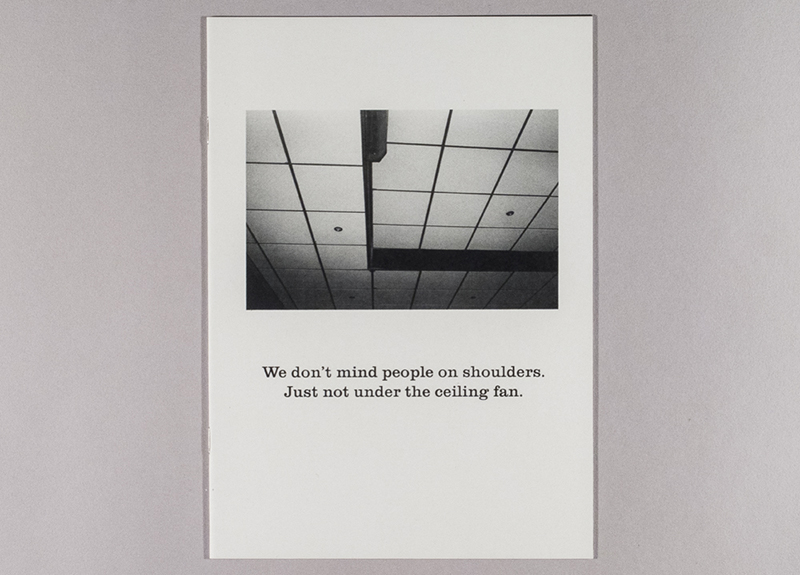
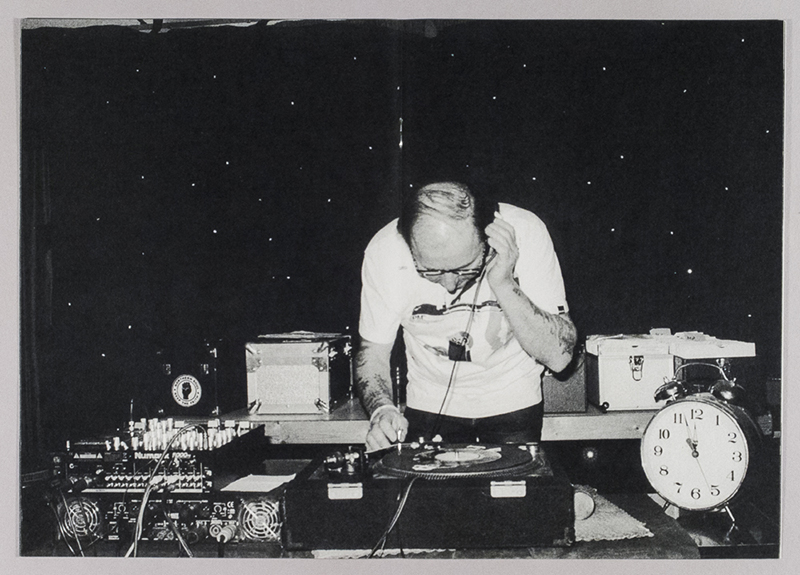
At the time of talking, Adam’s writing about subculture in a piece for an Australian magazine. “Inevitably,” says Adam, “if people grow up in regional systems and then drift off to London when they’re eighteen or after uni or whatever, their only notion of their hometowns is going to be nostalgic. There aren’t many opportunities for a northern correspondent or editor, fully engaged with that culture. Do you know what I mean?” It’s not the exodus of young artists he’s criticising but the reliance on London for money. The childhood nostalgia it perpetuates, combined with the retrospective nature of fashion, explains why we get stuck in these uninspiring loops. Fifty years on, we’re still clinging onto Skinhead culture, perhaps because we don’t believe in the value of our own desires, problems or experiences. “I’m fascinated by this obsession with subculture existing. We don’t live in that world anymore. I have never, ever experienced mass subculture in any form. You see people looking like they do, like punks, but that myth of Britain being taken over by these youth groups is completely alien to me.”
He refers to Oliver Sieber’s Imaginary club. Visually, it follows the conventions of a traditional subculture book but as the title makes clear, Oliver’s not sold on the idea of subcultural tidal waves either. “It’s all imagination, I suppose,” Adam goes. “None of it exists. We only ever experience it through imagery. We’re obsessed with these archives and relics. Why don’t we don’t just engage with how things are and appreciate the world for what it is? I’m not interested from a point of criticism, but more as an observation of what is happening. In thirty years, when we’re looking back on it, what will the cultural documents of the past be saying about northern England?”
For Adam, it’s crucial that someone represent the reality of the present and everyday rather than solely glamourised versions. In February, he and Oscar Godfrey presented Always Better to be Hard at the Caustic Coastal in Manchester, a mixed-media exhibition examining how value and taste are informed. “Hopefully it wasn’t taking the piss out of anything as it certainly didn’t intend to. It was more about the audience thinking about their reaction to it and where that came from.” Hung behind a gold-plated Jagerbomb cup was a wall-mounted canvas with a gaudy market-stall fabric stretched over it, pink fur and animal print. Nothing subtle about that. Next to it was a black-and-white image of a man’s back, built like a brick shithouse. “That was from New Years’ Eve at Bowlers. It’s a warehouse thing on the outskirts of Manchester which has been going for decades, at least the last thirty years. People are really committed to it. They sell out, the tickets. I think there were seven thousand tickets sold for New Years’ Eve. One room was playing hardcore gabba and one was playing garage. They had So Solid in the other. It was amazing.”
His new zine, The North West, carries on where the original zines left off but incorporates material from Liverpool, Manchester, and plenty of other places in the locality. Like their name, the cover’s a knock-off – this time, of The North Face logo. “Yeah, that was nicked as well. We don’t really think of anything original ourselves.” Inside, there are no sullen-faced steelworkers or Hovis delivery boys. There are no orange girls without coats on throwing up on bouncers’ shoes. There are no kids in tracksuits sitting on estate walls giving the finger. And there’s no Bez, ‘good old Bez’. Thank god. It’s a blinder.
